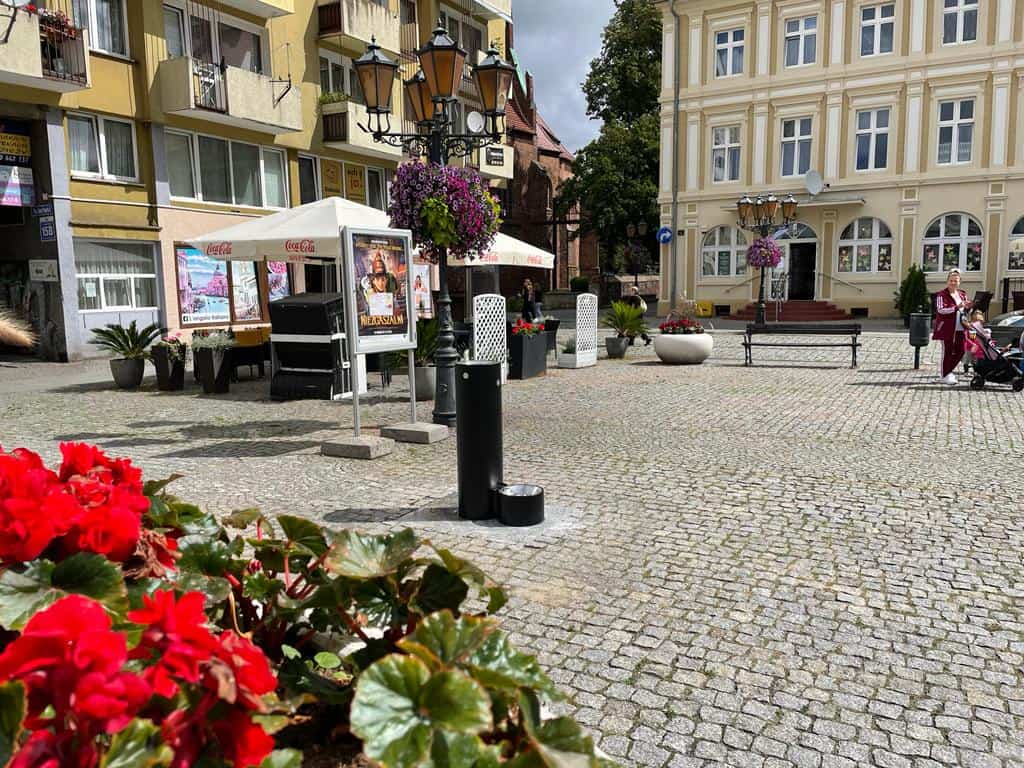Designers have many reasons to include springs and drinking water sources in their designs. Here are some key arguments in favour.
Promoting a healthy lifestyle
The placement of drinking water dispensers in public places encourages people to drink water and supports a healthy lifestyle. Access to drinking water on the streets, in parks or in public buildings can help reduce the consumption of sweetened drinks, which is good for health.
Reducing plastic waste
Access to drinking water from the tap or public springs reduces the need to buy bottled water. This in turn leads to a reduction in the production of plastic bottles and packaging, which has a significant impact on reducing plastic pollution and the burden on the environment.
By including sprinklers in their designs (e.g. in parks, by squares or outdoor gyms), designers contribute to creating an ecological image of the locality or facilities. This can be perceived positively by residents and visitors, and attract tourists who value the environment and sustainable practices.



Promoting sustainable development
Water is a precious natural resource. Designers who implement drinking water outlets in their projects can contribute to the sustainable management of water resources. This can include the use of water-saving technologies, water recycling or reducing water waste.
The placement of drinking water springs in public spaces helps to improve access to water, especially during hot periods. This is particularly important for the elderly, children and tourists, who need access to water during walks or outdoor activities. Unlimited access to drinking water means greater comfort for residents and increased functionality for cities.
Drinking water springs can become places of social integration. They fit in perfectly with sports and recreational areas to create a friendly and pleasant environment that encourages rest, relaxation and social exchange.
Increasing the value of real estate
If drinking water outlets are placed in the vicinity of residential or commercial buildings, they can increase the attractiveness of these properties and have a positive impact on their market value.
In summary, designers incorporating drinking water springs into their designs not only increases their attractiveness and functionality, but also contributes to promoting healthy lifestyles, reducing plastic waste, enhancing green image and creating friendly and sustainable public spaces. This is good for the community, the environment and overall well-being. Being eco is trendy.








